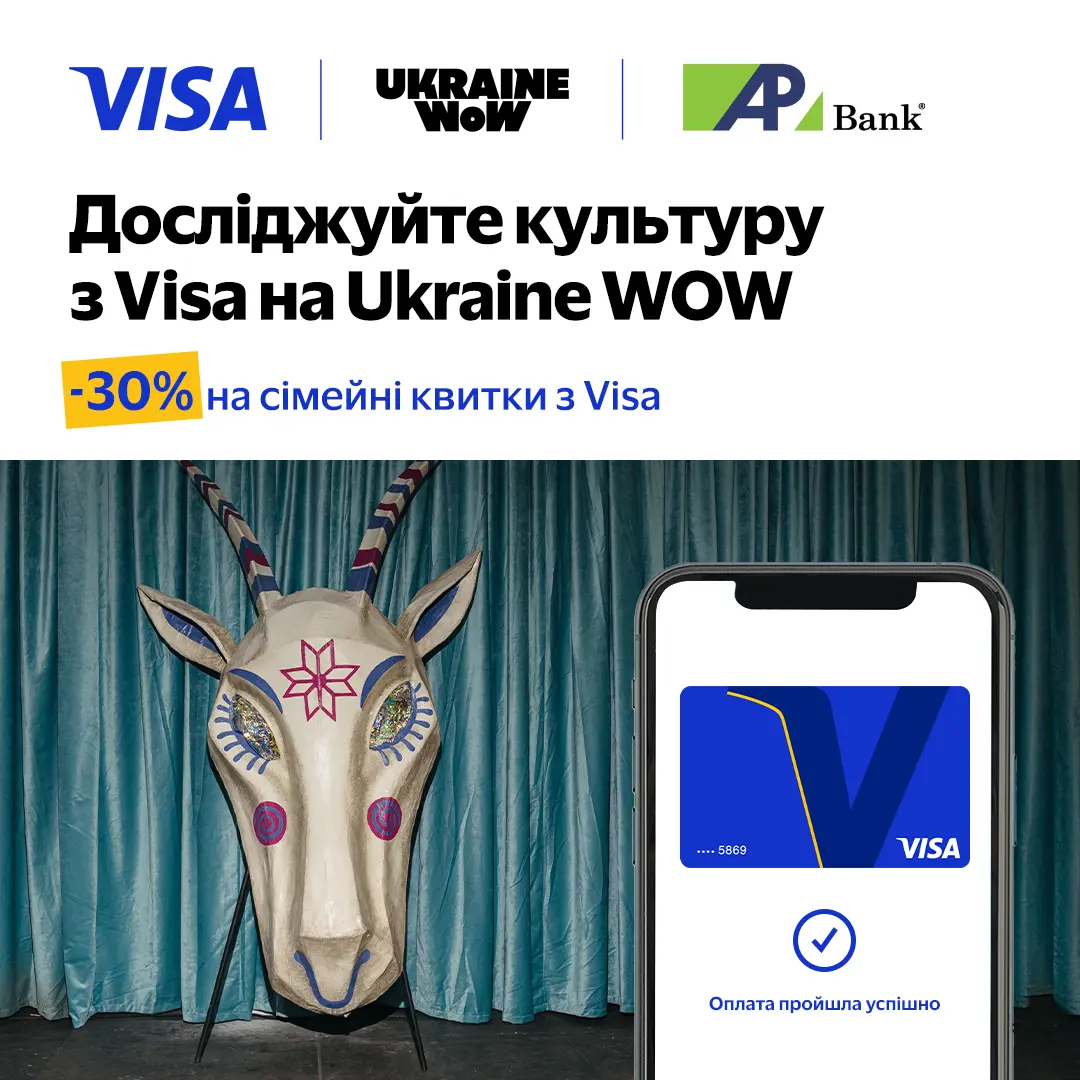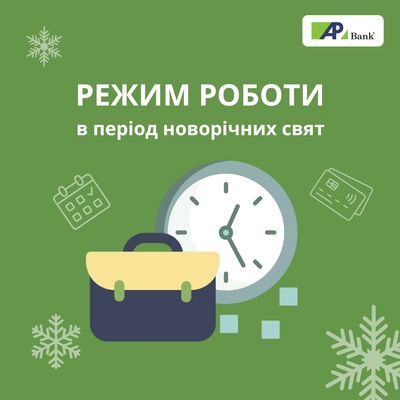Article content
- What is CVV card code
- Where is the CVV code on the card
- Is it possible to specify the CVV code and in which cases
- When CVV code is used
- How to use CVV
- Tips for safe use of the CVV code
Each bank card contains a three-digit code, which in various payment systems may be known as a CVC or CVV code. Where this code is located, why it is needed, in which situations it can be specified, and in which it must be kept secret, we will understand in our article.
What is CVV card code
The CVV code is a three-digit combination of numbers used in online transactions for card identification and added security. Entering the CVV code helps to ensure that the transaction is carried out by the cardholder, who has access not only to the card number, but also to confidential information.
Depending on the payment system that issues the card, this code may have different names, for example, CVV for Visa and CVC for Mastercard.
What do CVV and CVC mean?
The abbreviation CVV stands for Card Verification Value, while CVC stands for Card Validation Code, both of which translate into Ukrainian as a card verification code.
What is CVV2 and how is it different from CVV
Each card has two such codes, but the first of them (CVV1/CVC1) is in the chip or magnetic strip and is available only for banking equipment. Thus, when they talk about CVV/CVC, they mean exactly the digital combination CVV2/CVC2 that is indicated on the card.
Where is the CVV code on the card
On Visa and Mastercard plastic cards, the three-digit CVV code is usually placed on the back next to the signature field. However, in virtual cards or when using online banking, its location may differ, for example, the code may be on the front side of the card image or in the information section.
How to find the CVV code without a card
You can view your CVV code without a physical card in your online banking account. Here, you can check the main card details: card number, expiration date, and CVV code. To see the CVV code in AP Bank's online banking, go to the "Cards" section and click on the CVV label on your card image.
CVV2/CVC2 is confidential information, and any attempt to obtain the CVV code of another person's card is illegal.
Is it possible to specify the CVV code and in which cases
When should you enter the CVV2 code?
The CVV2 code should only be entered during online purchases. This is a crucial security measure that helps prevent unauthorized payments. Even if a fraudster obtains your card number and expiration date, they cannot make a payment without the CVV2 code.
When Is the CVV2 code not required?
The CVV2 code is used exclusively for online payments. It is not required for:
- receiving transfers to your card;
- identity verification during a phone conversation with the bank;
- other financial transactions outside the Internet.
Why should you never share your CVV2 code?
Your CVV2 code is the key to your card in the online space. If fraudsters gain access to it, they can use your card without your knowledge for unauthorized transactions or illegal access to your account. Therefore, never share your card's security code with anyone, even if they claim to be a bank employee.
When CVV code is used
If we enter the PIN code when performing operations with the direct use of the card, then the CVV code is required when conducting online transactions without the presence of a physical card at the place of payment. This ensures that the transaction is initiated by the cardholder and not by someone who has merely obtained the card number and expiration date. Therefore, entering the CVV code is required for any operations on the Internet, in particular:
- calculations in online stores
- transfers from card to card
- payment of utility services
- mobile top-up
Entered codes are transmitted to banks through secure channels, preventing unauthorized access. According to the requirements of the PCI DSS standard, the entered codes are not stored on the sites and cannot be reused for debiting funds.
How to use CVV
When making online payments, you go to a secure payment page where you need to fill out a special form. To confirm payment, you need to enter:
- card number
- its validity period
- CVV code
In some cases, the bank may apply additional security measures, for example, by sending you an SMS or push message with a one-time code that must be entered in a special field.
To decide if you can enter a CVV code, make sure the checkout page is secure.
Signs of a secure Internet page
- correct site address without errors, for example, google.com.ua, not goggle.com.ua;
- when clicking on the site address, the https:// prefix appears;
- in the web address bar there is a picture of a lock or a symbol that, when clicked, shows a picture of a lock.
Tips for safe use of the CVV code
Knowing what the CVV on the card is, you can conveniently make any payments in a few clicks. However, to make online payments more secure and protect your money from fraudsters, be sure to follow all the basic precautions:
- never disclose your CVV code to anyone, including bank employees;
- do not hand over your card to others or enter the CVV code in their presence;
- do not send the code or photos of the back of your card via electronic messages;
- only make payments on verified websites and well-known online stores;
- before entering payment details, ensure the website is secure by checking for an HTTPS connection and verifying the site's correct name;
- avoid using public or shared computers to enter your CVV code and other payment details;
- if an unknown person calls you claiming to be a bank employee and asks for your security code, they are likely a fraudster. Do not provide any information and contact your bank directly. Remember, real bank employees will never ask for such data.
If your CVV code has been compromised, immediately notify your bank, block your card, and order a new one. Unlike a PIN code, a CVV code cannot be changed – it is fixed for each card. If your security code becomes known to others, card replacement is the only solution.
For more information on how to protect yourself from cybercriminals and shop online safely, read our article "How to shop online safely".
Entering your CVV code on trusted websites is safe and necessary to protect your funds. Now you know what a card security code is, where it is located, and how to use it correctly. By following simple security measures, you can make online payments conveniently and with minimal risk.
For more information about bank cards and payment security, read our other articles:




